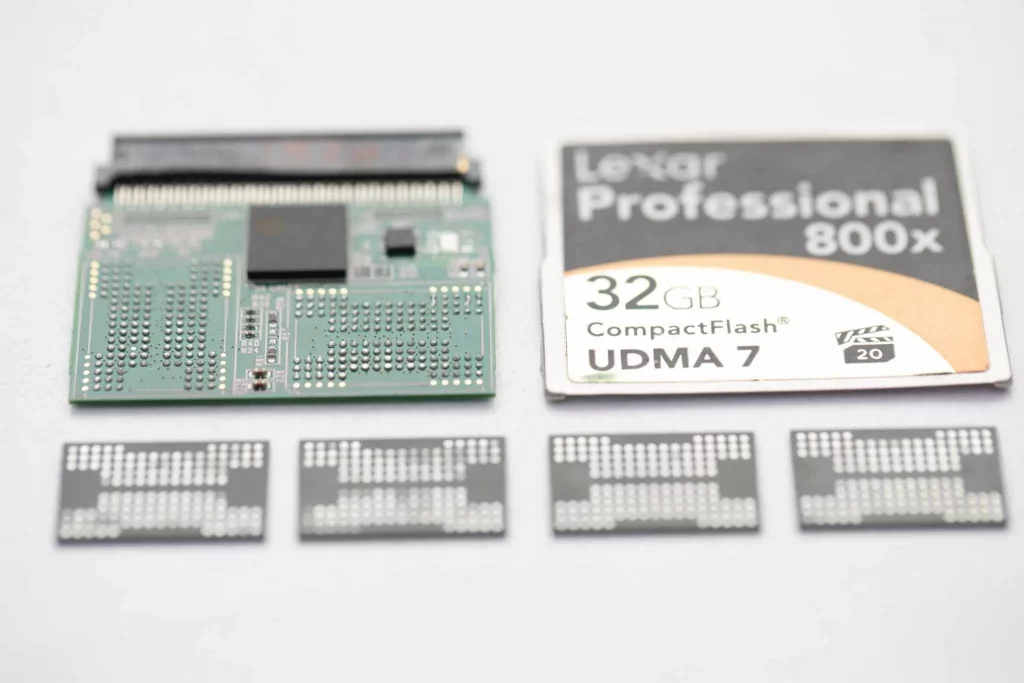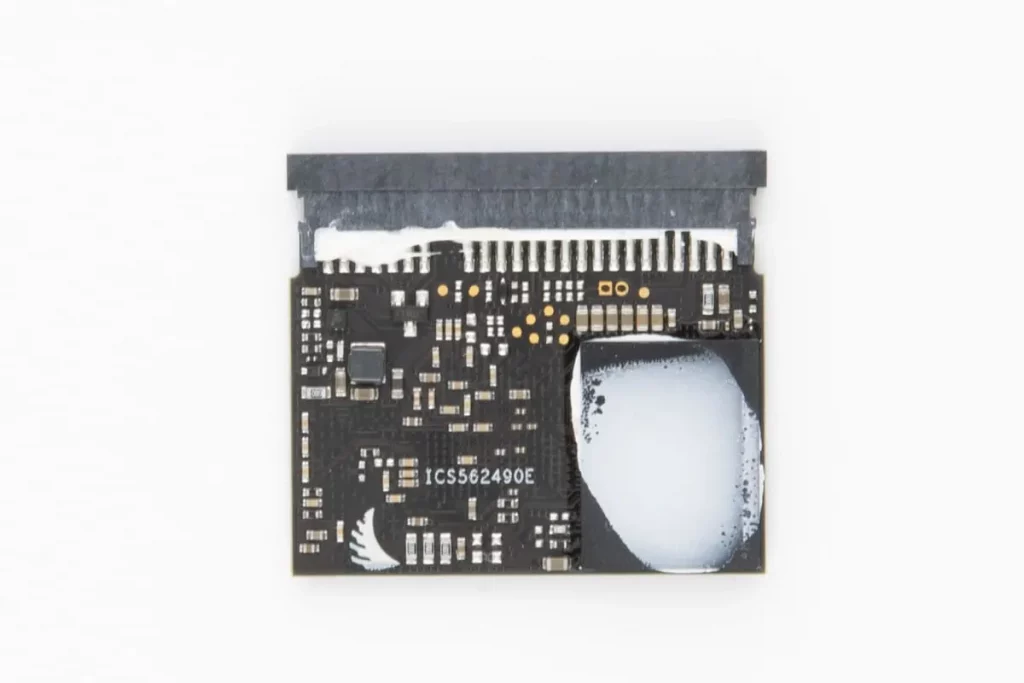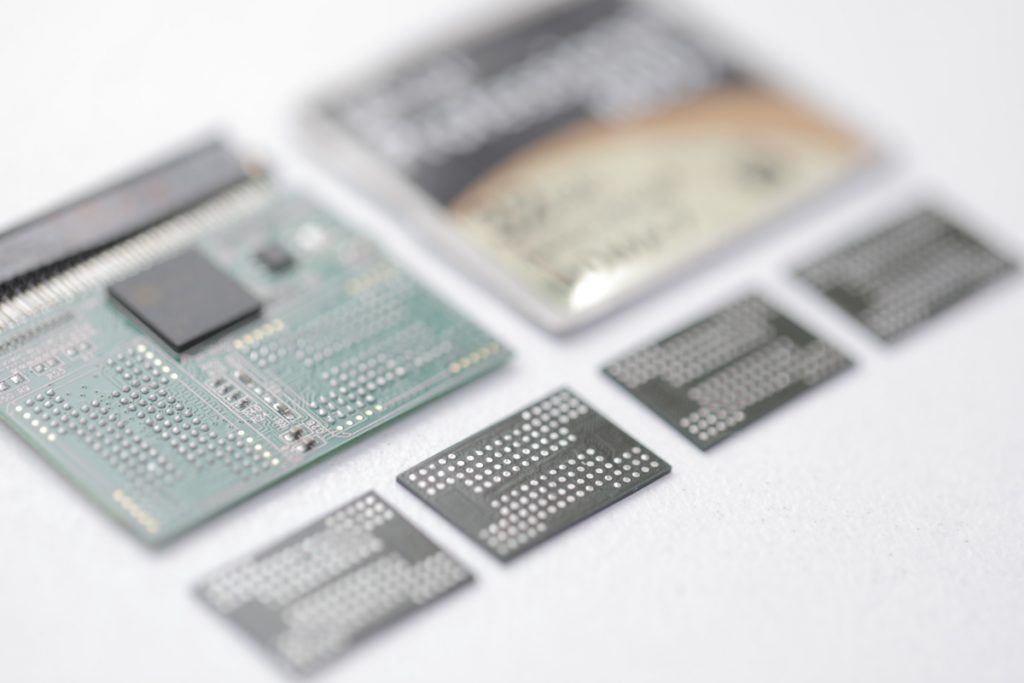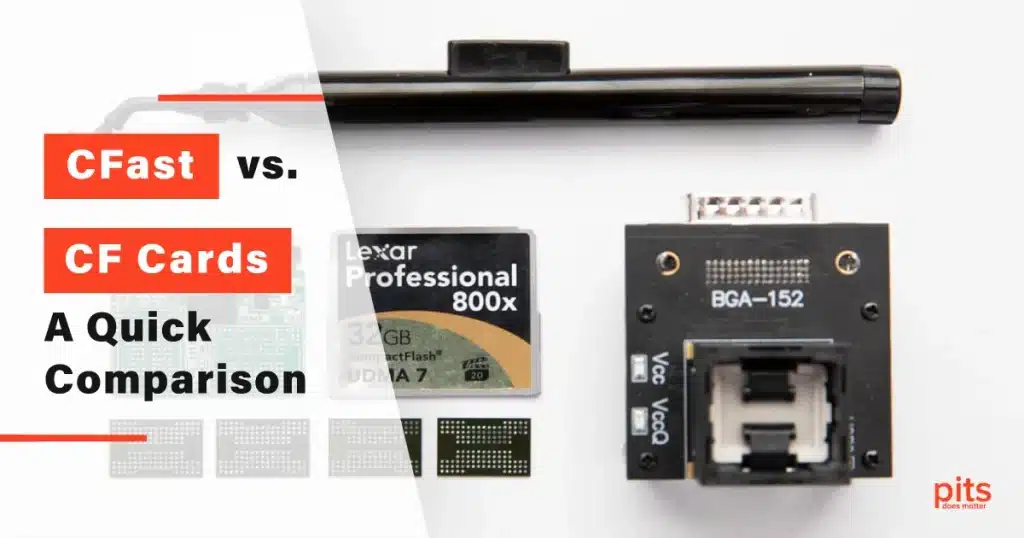In the realm of memory cards, the battle for supremacy between different formats has been ongoing for years. One such clash is the showdown between CFast and CompactFlash (CF) cards, two memory card formats that have left photographers and videographers in a dilemma over which one to choose for their high-end cameras. In this blog post, we will delve into the intricacies of these memory card formats and help you make an informed decision based on key factors like read and write speeds, transfer rates, form factors, and more.
CF Cards: A Brief Overview
CompactFlash cards, often abbreviated as CF cards, have been a staple in the digital imaging world for decades. They emerged in the mid-1990s and quickly became a popular choice for storing photos and videos in devices like digital cameras and camcorders.
CF cards utilize both the parallel ATA interface and, later, the serial ATA (SATA) interface. These cards boasted larger form factors and capacities compared to the then-prevalent floppy disks.
Over the years, CF cards underwent several revisions, with improvements in storage capacity and transfer speeds. However, as technology evolved, the need for even faster and more efficient memory card formats arose.

CFAST Cards: The New Contender
Enter CFast cards, a successor to the venerable CompactFlash format. CFast cards represent a leap forward in terms of performance and technology. These cards are based on the PCI Express interface, the same interface commonly found in solid-state drives (SSDs) in computers. This shift to a PCI Express-based architecture allowed CFast cards to achieve significantly higher read and write speeds compared to their CF predecessors.
One of the notable versions of CFast is the CFast 2.0 specification, which takes transfer rates to new heights. With theoretical transfer rates of up to 600 MB/s, CFast 2.0 cards became the go-to choose for professionals working with high-resolution images and videos. This speed advantage made CFast 2.0 cards a natural fit for high-end cameras that demanded swift data storage and retrieval.
The Need for Speed: Read and Write Speeds
When it comes to read and write speeds, CFast cards have a clear advantage over CF cards. CFast cards, especially those conforming to the CFast 2.0 specification, offer remarkable read and write speeds that can greatly enhance workflow efficiency. In contrast, CF cards, while suitable for many applications, may fall short in scenarios where high data throughput is essential.
Form Factor and Compatibility

One aspect where CF cards maintain their edge is in form factor compatibility. CF cards have a larger physical size compared to CFast cards, which can be a blessing for photographers using older devices that only support CF cards.
However, this advantage might be outweighed by the remarkable performance benefits offered by CFast cards, especially in the context of modern, high-performance cameras.
Making the Right Choice
In the faceoff between CFast and CF cards, the choice ultimately boils down to your specific needs and equipment. If you are using older cameras that exclusively support CF cards or you are content with moderate data transfer speeds, CF cards might still suffice. On the other hand, if you are working with high-end cameras that demand blazing-fast transfer rates, CFast cards, particularly the CFast 2.0 specification, are the clear winners.
For professionals who rely on efficient data storage and retrieval in their high-resolution endeavors, CFast 2.0’s transfer rates of up to 600 MB/s and PCI Express-based architecture can provide the competitive edge needed to stay ahead in the fast-paced world of digital imaging.
In the end, whether you opt for the tried-and-true CompactFlash or the lightning-fast CFast, both memory card formats have their merits. As technology continues to evolve, the choice between them might become even more intriguing, with new advancements sure to shape the landscape of memory cards for years to come.
CFast vs CF Card
CFast and CompactFlash (CF) cards are widely recognized as top-tier digital photography and videography storage options due to their reliability and performance capabilities. One notable distinction between these two formats is their interface and data transfer speeds. CF cards utilize the traditional Parallel ATA (PATA) interface, which, while functional, imposes limitations on data transfer rates.
In stark contrast, CFast cards leverage the modern Serial ATA (SATA) interface, providing significantly enhanced data rates for expedited workflows.
Despite their physical similarities in size, CF and CFast cards are fundamentally different in connectors, rendering them incompatible.
When selecting the perfect memory card for your needs, it is important to consider various factors.

Start by confirming that the chosen memory card is compatible with your devices to prevent compatibility issues.
If you encounter data loss related to your CF or CFast cards, our specialized data recovery services are here to assist you. Our team is proficient in handling issues unique to these storage formats, so we are well-equipped to help you retrieve your valuable photographs, videos, and files, minimizing the impact of such losses on your professional or personal endeavors.
Frequently Asked Questions
What is the main difference between CF and CFast cards?
CompactFlash (CF) cards and CFast cards differ primarily in their data transfer technology. CF cards use a parallel ATA interface, while CFast cards utilize a faster PCI Express interface, similar to what’s found in solid-state drives (SSDs).
Which card format offers faster data transfer speeds?
CFast cards are known for faster data transfer speeds compared to CF cards. CFast 2.0 cards, for instance, can achieve read and write speeds of up to 600 MB/s, making them ideal for high-resolution content capture.
Can I use CFast cards in devices that support CF cards?
Unfortunately, no. CFast cards have a different physical form factor and interface compared to CF cards. CFast cards won’t fit into CF card slots, and the interfaces are not compatible.
Are CF cards still relevant today?
Yes, CF cards still have their place, especially in older devices that support this format. However, as technology advances and the need for faster data handling grows, CFast cards are becoming more popular for their enhanced performance.
Which card is better for high-end cameras?
For high-end cameras demanding high-speed data handling, CFast cards are the better choice. Their fast transfer rates and modern architecture make them well-suited for capturing and storing large, high-resolution files efficiently.
